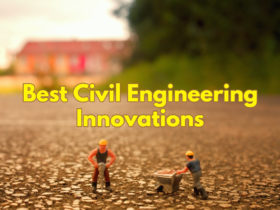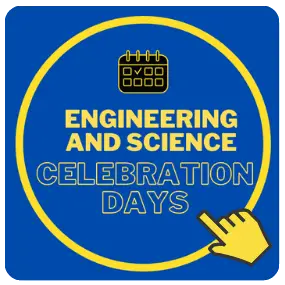Problem solving is the process of determining the best feasible action to take in a given situation. Problem solving is an essential skill for engineers to have. Engineers are problem solvers, as the popular quote says:
“Engineers like to solve problems. If there are no problems handily available, they will create their own problems.” – Scott Adams
Engineers are faced with a range of problems in their everyday life. The nature of problems that engineers must solve differs between and among the various disciplines of engineering. Because of the diversity of problems there is no universal list of procedures that will fit every engineering problem. Engineers use various approaches while solving problems.
Engineering problems must be approached systematically, applying an algorithm, or step-by-step practice by which one arrives at a feasible solution. In this post, we’ve prepared a list of tips for solving engineering problems effectively.
#1 Identify the Problem

Evaluating the needs or identifying the problem is a key step in finding a solution for engineering problems. Recognize and describe the problem accurately by exploring it thoroughly. Define what question is to be answered and what outputs or results are to be produced. Also determine the available data and information about the problem in hand.
An improper definition of the problem will cause the engineer to waste time, lengthen the problem solving process and finally arrive at an incorrect solution. It is essential that the stated needs be real needs.
As an engineer, you should also be careful not to make the problem pointlessly bound. Placing too many limitations on the problem may make the solution extremely complex and tough or impossible to solve. To put it simply, eliminate the unnecessary details and only keep relevant details and the root problem.
#2 Collect Relevant Information and Data

After defining the problem, an engineer begins to collect all the relevant information and data needed to solve the problem. The collected data could be physical measurements, maps, outcomes of laboratory experiments, patents, results of conducted surveys, or any number of other types of information. Verify the accuracy of the collected data and information.
As an engineer, you should always try to build on what has already been done before. Don’t reinvent the wheel. Information on related problems that have been solved or unsolved earlier, may help engineers find the optimal solution for a given problem.
#3 Search for Creative Solutions

There are a number of methods to help a group or individual to produce original creative ideas. The development of these new ideas may come from creativity, a subconscious effort, or innovation, a conscious effort.
You can try to visualize the problem or make a conceptual model for the given problem. So think of visualizing the given problem and see if that can help you gain more knowledge about the problem.
#4 Develop a Mathematical Model

Mathematical modeling is the art of translating problems from an application area into tractable mathematical formulations whose theoretical and numerical analysis provides insight, answers, and guidance useful for the originating application.
To develop a mathematical model for the problem, determine what basic principles are applicable and then draw sketches or block diagrams to better understand the problem. Then define and introduce the necessary variables so that the problem is stated purely in mathematical terms.
Afterwards, simplify the problem so that you can obtain the required result. Also identify the and justify the assumptions and constraints in the mathematical model.
#5 Use Computational Method

You can use a computational method based on the mathematical method you’ve developed for the problem. Derive a set of equations that enable the calculation of the desired parameters and variables as described in your mathematical model. You can also develop an algorithm, or step-by-step procedure of evaluating the equations involved in the solution.
To do so, describe the algorithm in mathematical terms and then execute it as a computer program.
#6 Repeat the Problem Solving Process

Not every problem solving is immediately successful. Problems aren’t always solved appropriately the first time. You’ve to rethink and repeat the problem solving process or choose an alternative solution or approach to solving the problem.
Bottom-line:
Engineers often use the reverse-engineering method to solve problems. For example, by taking things apart to identify a problem, finding a solution and then putting the object back together again. Engineers are creative, they know how things work, and so they constantly analyze things and discover how they work.
Problem-solving skills help you to resolve obstacles in a situation. As stated earlier, problem solving is a skill that an engineer must have and fortunately it’s a skill that can be learned. This skill gives engineers a mechanism for identifying things, figuring out why they are broken and determining a course of action to fix them.




![Types of Engineers and What they Do [Explained]](https://www.engineeringpassion.com/wp-content/uploads/2022/04/types-of-engineers-and-what-they-do-280x210.jpg)





Oh
A very methodical and structured overview of engineering. Very well done. I particularly like the reference to ‘problem definition’ which is a critical part of problem resolution and all too often not adequately addressed.
Thank you for the feedback. Yeah, problem definition is the most important part of problem solving.
Engineering problems do not require engineering thinking! Reverse engineering is the best way to tackle a problem and find a solution. Taking care of obstacles midway on the path to success is something that will give problem-solving mentality a run on the treadmill. I am sharpening my skills by taking challenges one level at a time.